Laurie Kelley
Farewell, Hepson
When I first went to Nicaragua in 1999—the first person from the global hemophilia community to do so— I met the oldest person with hemophilia there. He was only 41.
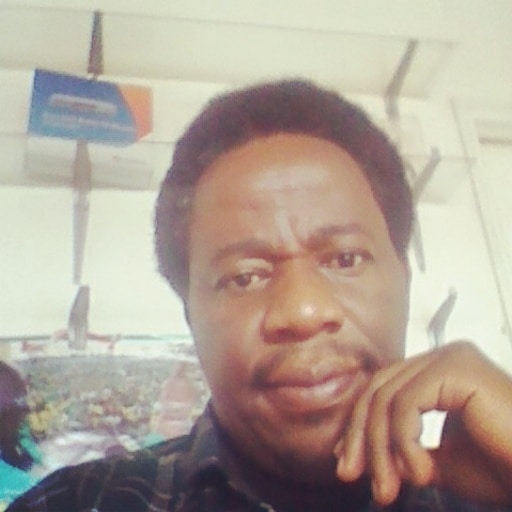
That was a typical statistic back then. People did not live long with untreated bleeds. Most developing countries had no factor. So it was very surprising to meet a man who never had factor and was doing great into his 50s—Hepson Minja of Tanzania.
I’ve written about Hepson before in HemaBlog, and we just published an essay of his in March. I first met him in Kenya, where he was seeking treatment. Then, I met him later on in Arusha, Tanzania, where he lives, and where you can access Mt. Kilimanjaro, the highest peak in Africa.
I was planning to see Hepson in July, when I would return to Kilimanjaro, and bring him a ton of factor and supplies. But his daughter and brother emailed me this morning to say he was gone. Hemophilia claimed him at last, at age 61. He had a stroke suddenly, and the brain bleed that followed killed him.
Hepson was a remarkable man. Never formally educated, he trained as an electronics repair man in 1983, repairing televisions and radios that had been his source of livelihood ever since. In 1993, his knee swelled for almost three months with extreme pain and no medical prescriptions. After an assessment from the doctors, it was agreed that the leg would be amputated. He lost a lot of blood and after every two days received a blood transfusion of around 26 units. He stayed in hospital for six months.
But nothing stopped him. Hepson ran his own small business, got married and had children. His son John is studying to be a doctor. Now that’s quite a legacy.

As is this: Hepson was the impetus for his brother Richard to found the Hemophilia Society of Tanzania. Richard had reached out to me to ask for factor for his brother Hepson. I sent some, but also asked Richard to consider starting a hemophilia foundation. He did and we worked together for a few years to get it off the ground. It was a lot of work. But it worked. The HST is now a member of the World Federation of Hemophilia, and I hope to see them in July! They are also a program partner of Save One Life, the nonprofit I founded in 2001.
So Hepson left a huge legacy. Because of him, there is a foundation in Tanzania for those with hemophilia. Hepson struggled, and he suffered. But he leaves us with this amazing legacy, that will give other children the life he himself was unable to have.
Thank you, Hepson, and rest in peace. Our deepest condolences to your family.
Compassion in the Canyon
I learned an amazing statistic Sunday: over 7 million visitors come to the Grand Canyon each year, but only 1% ever hike on any of its many trails.
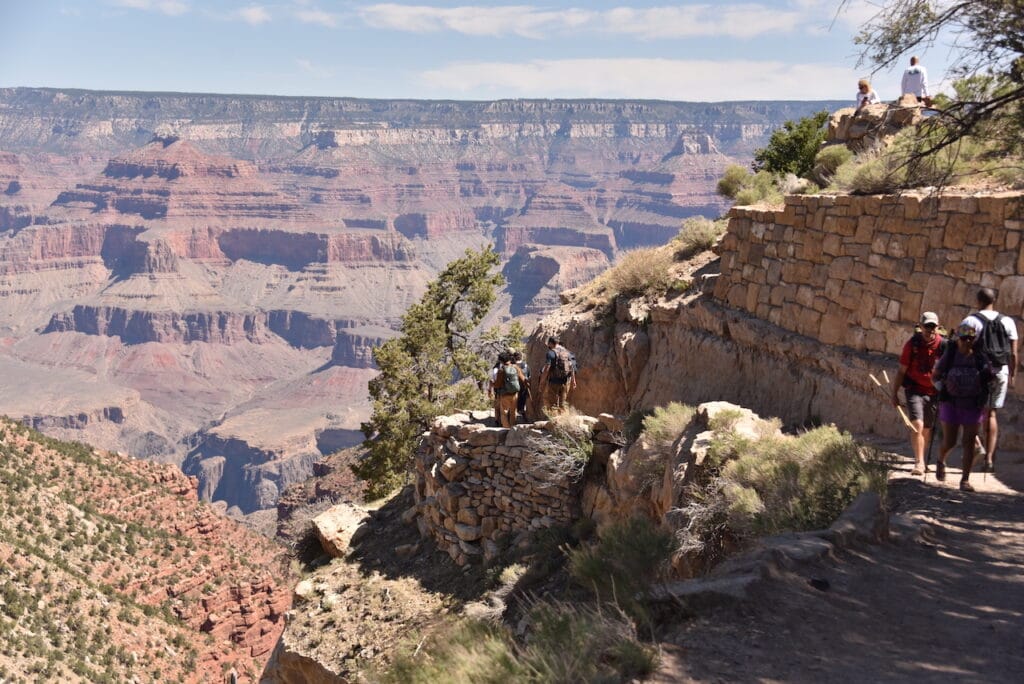
The Grand Canyon is one of the eight wonders of the natural world, and the largest canyon in the world. It was formed over millions of years through the constant erosion of the Colorado River, which snakes at its bottom. The Grand Canyon is 277 miles long, up to 18 miles wide and attains a depth of over a mile, according to the National Park Services. People die there each year, mainly from heat exhaustion. When we hiked Sunday and Monday, temperatures were a worrisome 107°.
So what made us, a groups of members of the hemophilia community, go down into the Canyon?
It was a fundraiser to help Save One Life, the international nonprofit I founded 21 years ago. Our group consisted of 20 hikers, including five people with hemophilia, a few parents, friends, some pharmaceutical employees and some specialty pharmacy reps. Some people I knew, others I was just meeting for the first time. Some of us are avid hikers, and some almost never hiked.
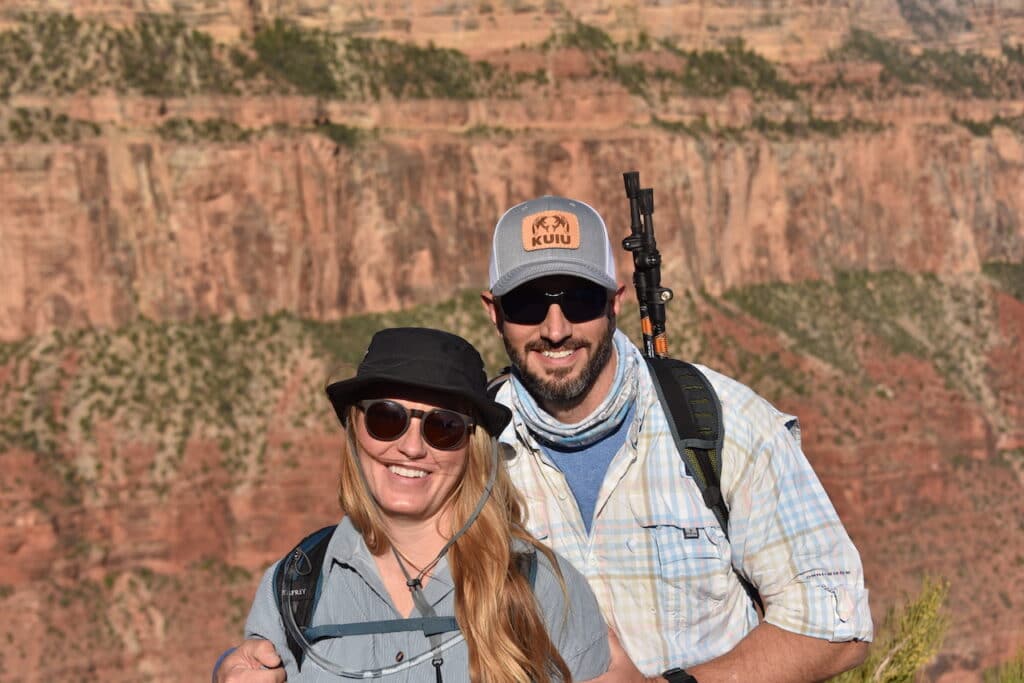
The heat was intense, like being in a microwave. The great thing about Arizona heat is how dry it is. Once you hit even a tiny bit of shade, you immediately cool down. And fortunately, the trail offered spots of shade as the canyon walls towered above us and protected us from the sun.
People hike for all kinds of reasons. One of them is to see the canyon from a different perspective, to appreciate nature’s beauty from an angle most people never see.
As I hiked along, I compared this idea to being in the hemophilia community: we see life from a different perspective. Constantly aware of pain, battling pain, trying to reach goals despite the many obstacles, seeing beauty in life despite the struggle, and most of all, depending on one another with compassion.
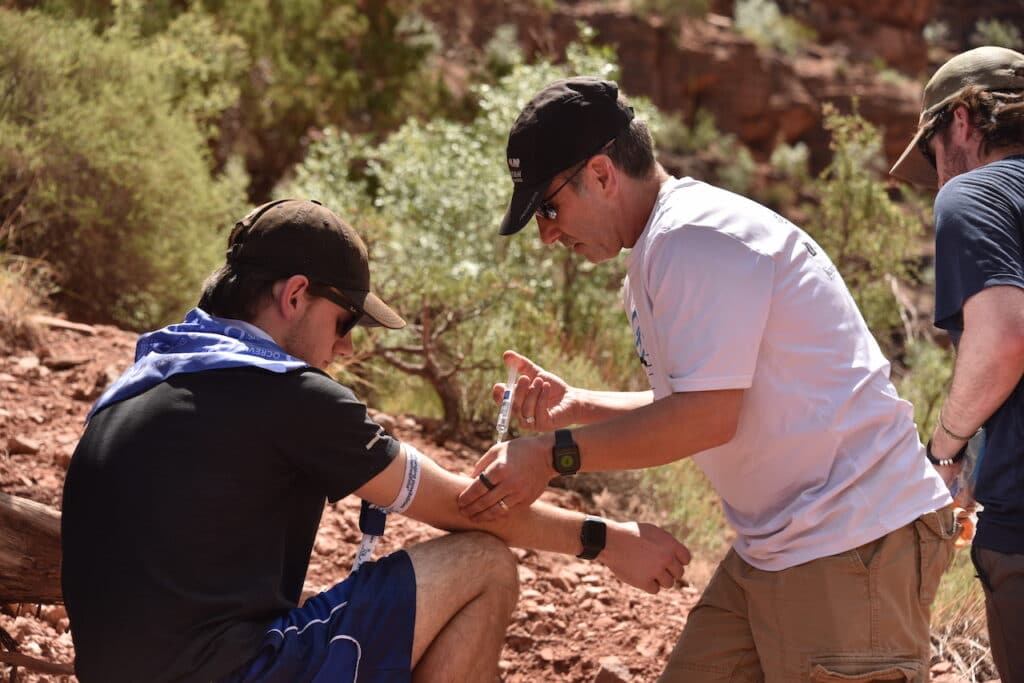
Compassion, which in its Latin roots means “to suffer alongside of,” was the hallmark of our hike: some people really struggled in the heat and steepness of the hike, which took hours and hours. I myself, though constantly working out and hiking, also struggled at times with an inflamed back. Community members and teammates (our team was the “Bleeding Hearts”) stayed by those who struggled to encourage them, help them take one step at a time, hydrate them and ensure they made it. It was really beautiful to see.
Compassion is what Save One Life offers too, to those with bleeding disorders in developing countries. When Gene Taylor, the founder of iConquer, the outfitter that organized this excursion, complimented us on Save One Life’s work, I told him how our community is overflowing with compassion. Save One Life merely gives an outlet to extend that compassion to the world’s children with hemophilia who suffer.
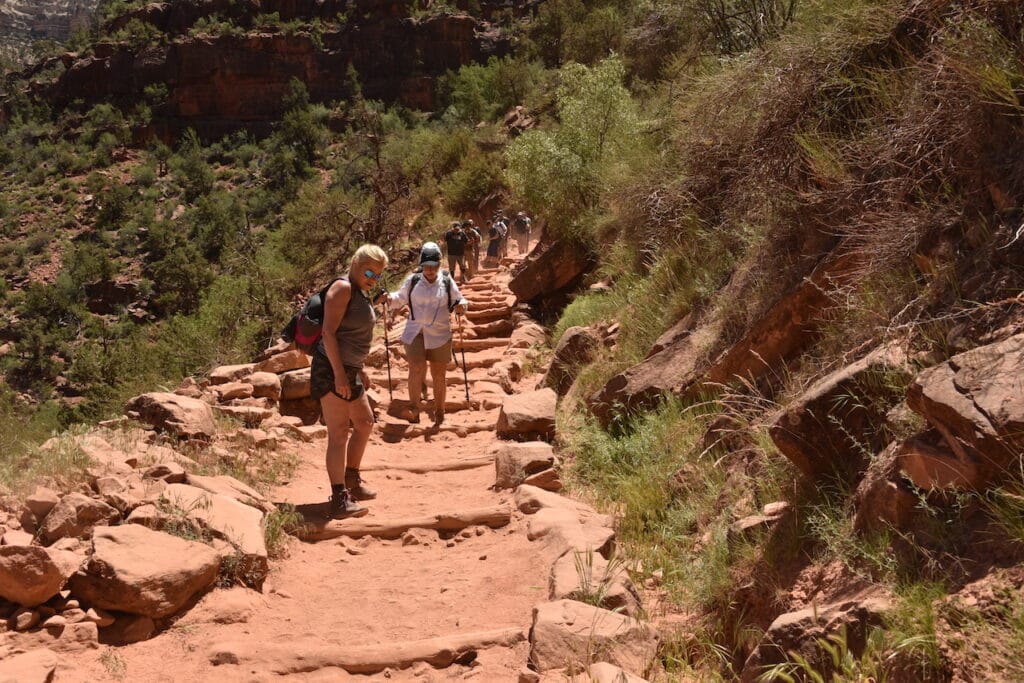
We “one percenters,” as they call us, go into the canyon, on one of the hottest days, no doubt to see what we are made of, but also to see how much we share compassion with others: to function as a team, as a community, to those in need. It’s a beautiful thing to behold, in one of the most beautiful places on earth.
Thanks to Gene Taylor and iConquer, to Karen Serevitch at Save One Life, and to all the hikers who traveled so far to participate.
“It’s not the mountain we conquer, but ourselves.” Sir Edmund Hillary
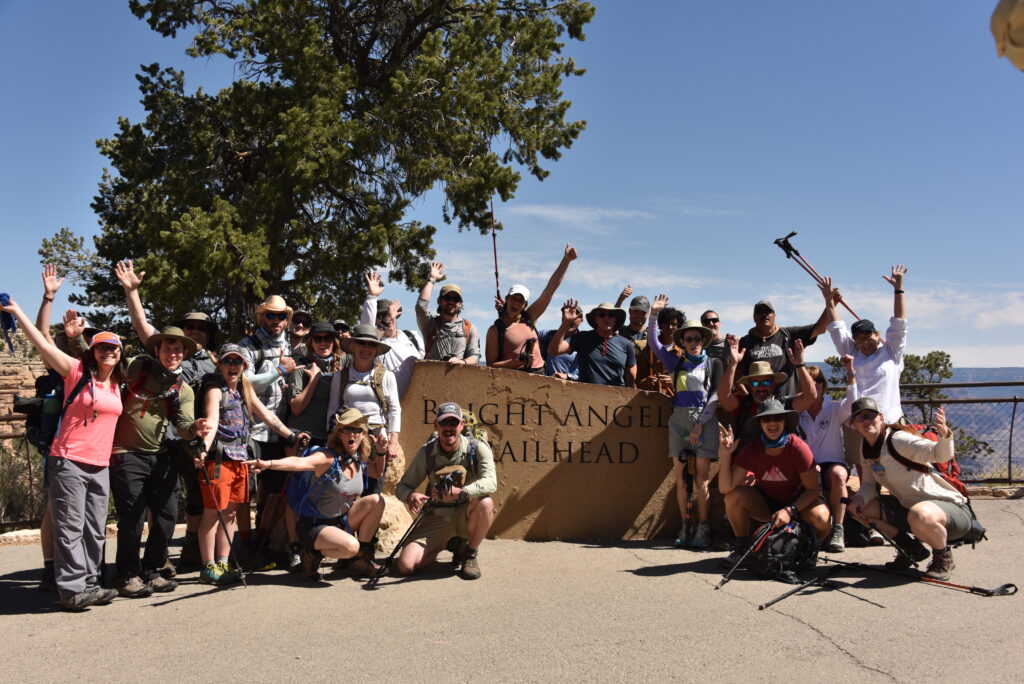

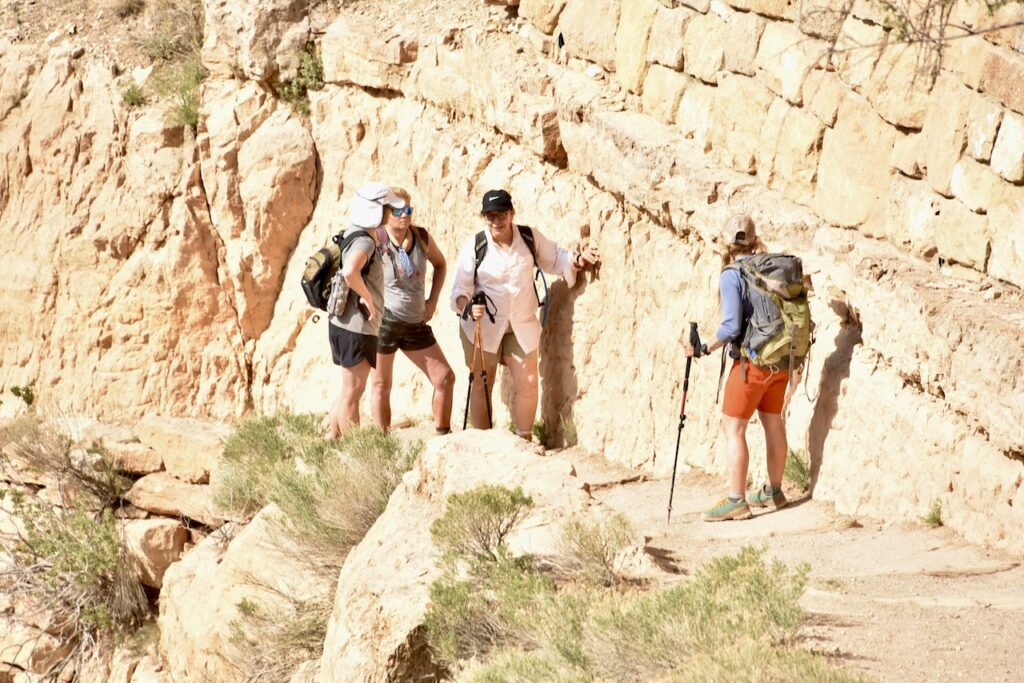
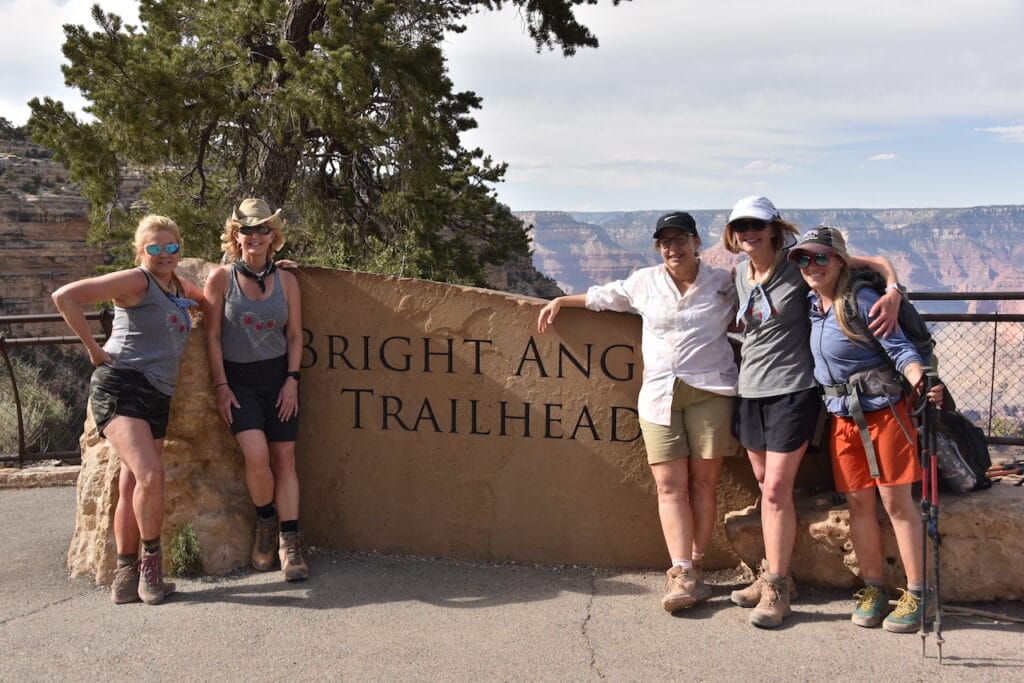

Mother’s Day Thought: Sacrifice
Today while attending church with my mother and family, I heard the priest give a homily about what mothers sacrifice in raising children. It starts before mothers raise children, with pregnancy and birth. We give up so much freedom: freedom from having our youthful body, from worry-free nights, and with hemophilia-moms, freedom from worry about our child’s future. Sacrifices of time, money, of the heart. Love is a risk. The biggest risk ever.
Some of the greatest mothers you can ever imagine are those of children with chronic disorders, especially those who live in developing countries. Today, while walking Oslo-dog, I remembered a most remarkable mom of a son with hemophilia. She lived in Nepal.
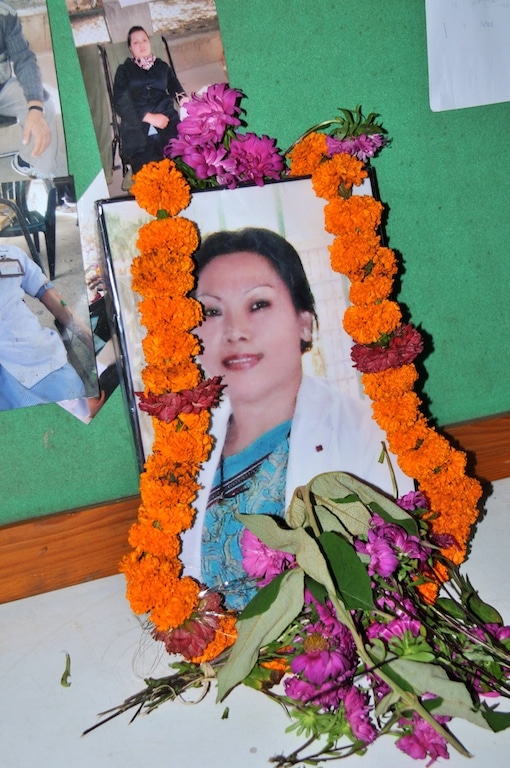
Nepal is Save One Life’s second partner country. I had first visited Nepal in 1999 and 2000, and saw the dedication and hard work of the then newly born Nepal Hemophilia Society. I believed in the staff, and trusted them. My gut instinct proved correct: they have implemented the program to perfection.
My third visit was just six months after the devastating earthquake of April 25, 2015. I was curious to know how it affected them; what had happened. I wanted to hear their story and assess their needs. On Saturday, April 25, at noon, the tectonic plates under the Himalaya shifted, triggering a massive earthquake registering 7.9 on the Richter scale. For 50 some minutes—an eternity for an earthquake—homes crumbled, buildings collapsed, people were crushed.
More than 9,000 people were killed, and more than 23,000 injured. Continued aftershocks occurred throughout Nepal at intervals of 15–20 minutes, with one shock reaching a magnitude of 6.7 on 26 April.
Eventually everyone, including hemophilia families, lived in tents supplied by the government and relief agencies for months. More than three-quarters of the buildings in Nepal’s capital, Kathmandu, were uninhabitable or unsafe. There were 15 other earthquakes, and a recorded 386 aftershocks as of September 2, 2015, including one during my visit, that very night.
The tally of destruction of the hemophilia community was sobering: out of their known 500 members, 63 homes collapsed. Two mothers dead. One eight-year-old sister dead.
The story that saddened them and me the most was of Sanu Maiya Kapali, mother of a child with hemophilia. Sanu had volunteered at NHS for 10 years, at the care center, helping the children, and consoling the young men in pain.
She was a mother-figure to all.
She was conducting a blood donation camp at a hospital. Blood donations are often done right on the sidewalks, in front of hospitals. This sounds unsanitary and unsafe, but it’s fast and works for advertising as the hospitals are typically clogged with patients, doctors and visitors—all walking by the beds and blood collecting operations. Sanu was outside, collecting blood to help boost the supply of plasma and cryo for the blood bank. Huge slabs of concrete fell from the building during the earthquake. She was killed instantly from falling rubble, along with the two donors she was ministering to. Her photo shows a beautiful woman with a flawless porcelain complexion, dignified smile, gleaming white teeth, arched eyebrows. Aristocratic, kind. She left behind two children, one with hemophilia. Everyone knew her, and her death seems to have left a gaping hole in the strong spirit of the NHS. It was the ultimate motherly sacrifice.
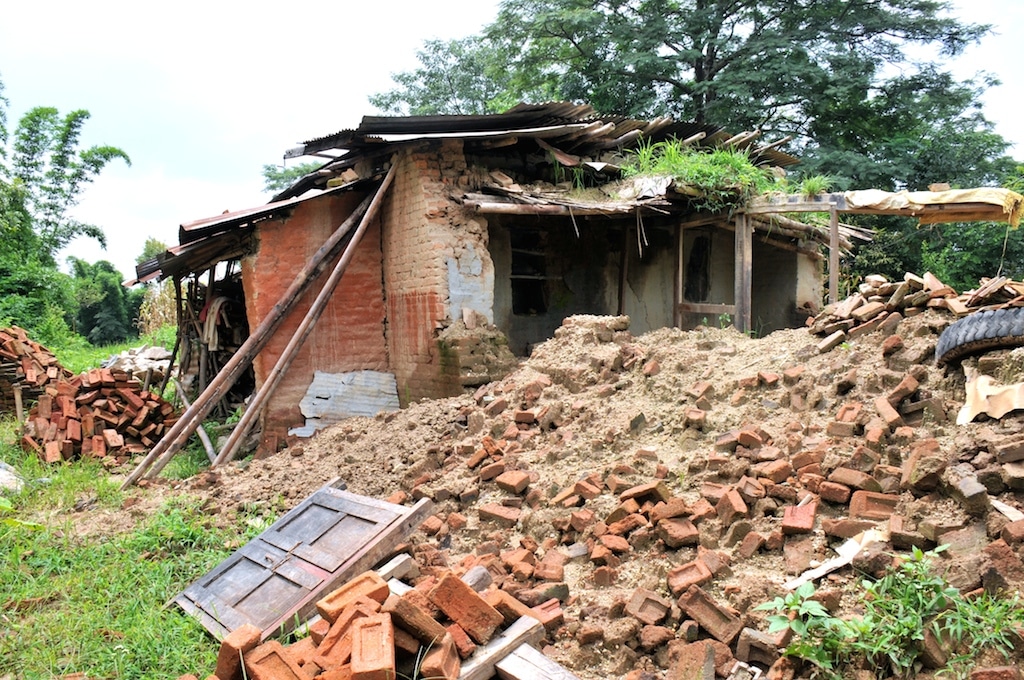
It was Nepal’s second more devastating earthquake in 100 years. Barun confirmed: “You’re the first person from the hemophilia community to visit Nepal. Thank you.”
My small sacrifice in visiting meant a lot to them, but paled in comparison to Sanu. She is a profile in courage and sacrifice, something to think about this Mother’s Day.
Help for hemophilia in Nepal eventually arrived: a factor donation from the WFH, Sweden and Project SHARE. The Mary Gooley Center (twinned with the Bir Hospital) donated $45,000, and Save One Life raised about $15,000, mostly though Facebook.
The Bloody Book of Blood
Like the pages out of Ray Bradbury’s Fahrenheit 451, we’re seeing books get banned in some states. Math books, even! Our favorite hemophilia archivist, Richard Atwood of North Carolina writes, “School libraries, and even their school librarians (can you believe it?), are under attack, with more and more books being banned for their content.” Richard provides a review below of juvenile literature that explains blood, including hemophilia, to young readers. He adds, “Kids seem to enjoy being grossed out!” And hopes it does not get banned!
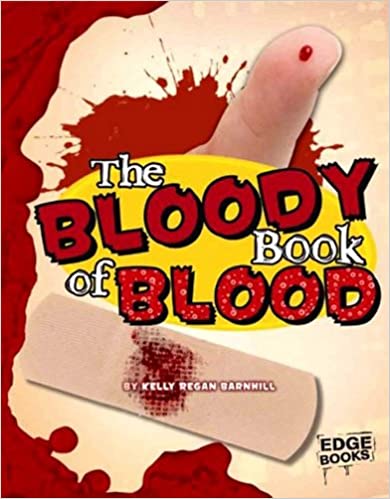
This text on blood in Kelly Regan Barnhill’s 2010 book, The Bloody Book of Blood, is classified as juvenile literature. Hemophilia is included among the numerous blood topics. Hemophilia is explained in the section “Blood Disorders” that is accompanied with a photograph of a bruise on page 22. The text states: “Hemophilia is a rare, but serious blood disorder. This disease keeps a person’s blood from clotting properly. Patients with hemophilia need to be extra careful. A cut can bleed for days, and it may never heal completely. Even a small bruise can be a big problem. The extra blood pools under the skin, causing the bruise to grow to a huge size.”
Hemophilia is defined in the glossary, along with a pronunciation guide. The text states: “hemophilia (hee-muh-FIL-ee-uh) — a health condition in which blood does not clot normally.”
This is an educational book, part of The Amazingly Gross Human Body series that includes texts on blood, vomit, spit, snot, sweat, and… pee. This short book with a large font includes one page for a glossary, one page for an index, one page for “read more” and internet sites, 16 illustrations, and 4 “gross facts.” Michael Bentley, a professor of biology at Minnesota State University, Mankato, acted as a consultant.
“The author simplified the definition of hemophilia appropriately for juvenile readers, yet a simple note on proper treatment, and maybe genetics, would be beneficial,” Richard adds.
Kelly Regan Barnhill. 2010. The Bloody Book of Blood. Mankato. MN: Capstone Press. 32 pages.

